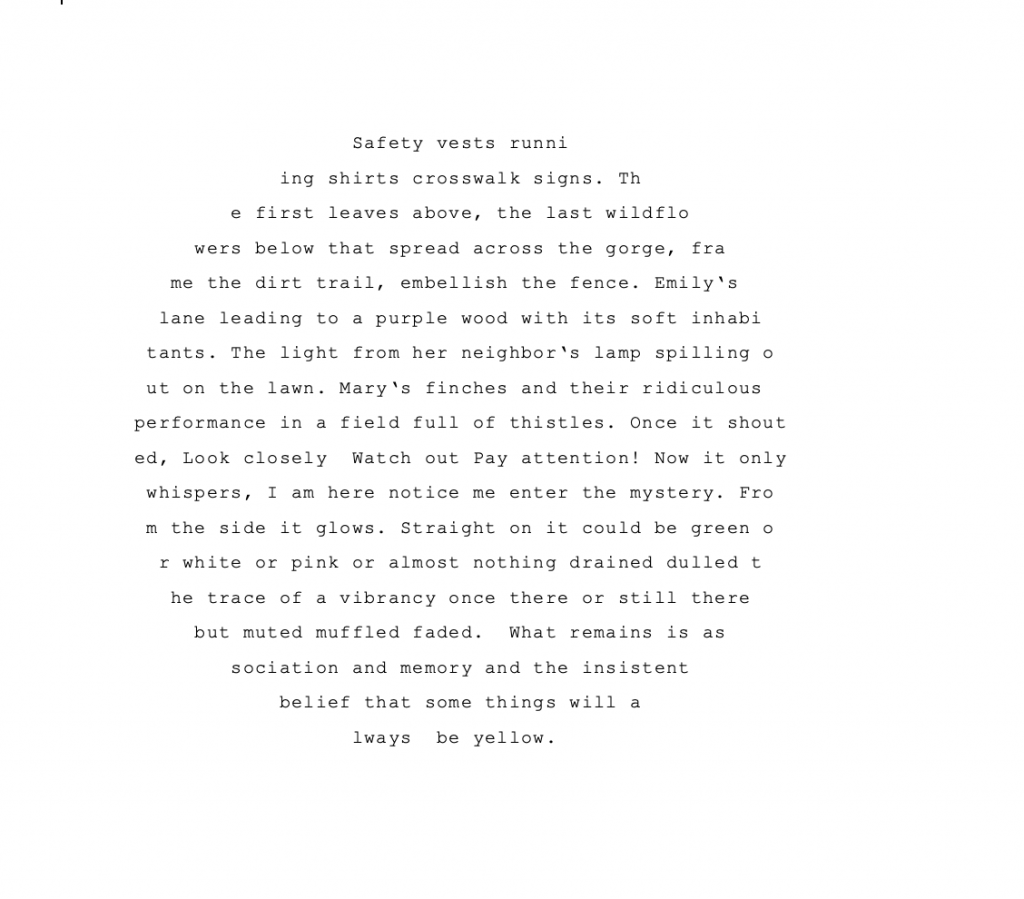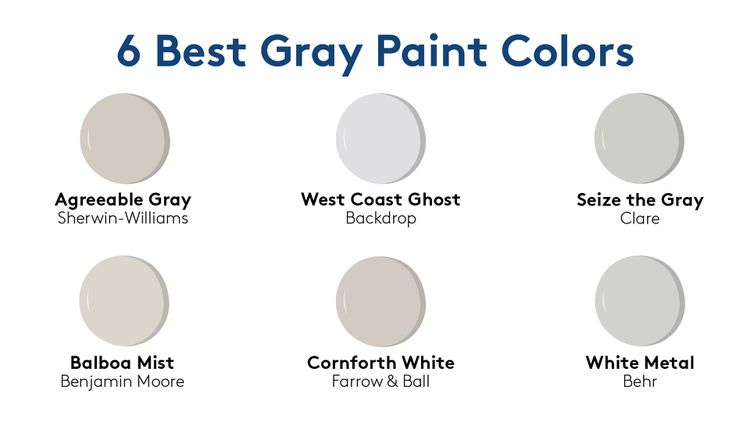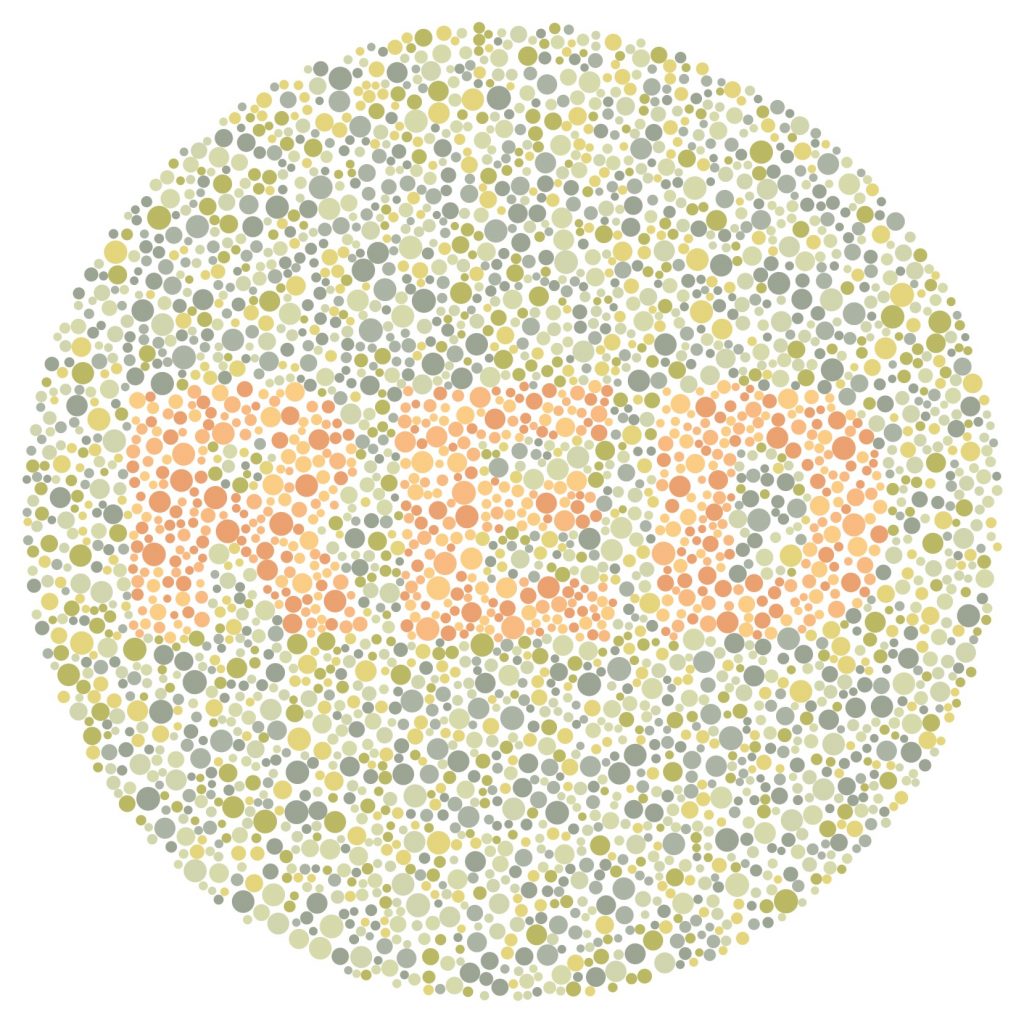4.5 miles
minnehaha falls and back
18 degrees / feels like 8
100% slick snow
Another dusting of snow last night. Just a slow, steady accumulation. Everything a bright, blinding white — the sky, the path, the trees, even the river, at least in one spot where the sun hit it just right and made it burn or glare or whatever word you might use to describe a blinding white light. Wow.
Layers: 2 pairs of black running tights, green shirt, pink jacket, gray jacket, buff, black fleece-lined cap with brim, 2 pairs of glovers (black, pink and white striped)
No headphones on the way to the falls; an old playlist titled “swim meet motivation” on the way back — David Bowie, Beck, Todd Rundgren, Ozzy Osbourne, Pat Benetar
10 Things I Noticed
- the creek was flowing and the falls were falling, making a delightful rushing sound
- when I stopped just before my favorite spot (because a couple and a kid were already at my spot), I could hear the falls as they fell. When I looked, all I could see was one white tree after the next
- the trail was not too slippery, but slippery enough to make my legs work harder
- I think it was between locks and dam #1 and the double bridge — as a car passed me , I smelled hot chocolate. did it come from the car, or was that just a coincidence?
- on the way back, stopped to walk on side of the double bridge that doesn’t get plowed in the winter. I looked down into the white ravine as I trudged through the snow
- glancing at the river through the trees, something about all the white in the trees, the light, and my vision made the river look like it was sepia-toned
- nearing the ford bridge, looking ahead, I noticed something that looked like an animal. I couldn’t see an owner and wondered if it was a coyote and not a dog. As I got a little closer I realized it was a person wearing a shirt so light — pale blue? gray? white? — that it blended into the sky. The dark I had seen was their pants. This is not the first time this has happened to me
- running by some steps saw the briefest flash of orange — must be a sign warning people not to enter, I guessed
- one car crawling along the river road, the line of cars growing behind it
- a runner in a bright orange stocking cap and bright yellow jacket
Discovered Wendell Berry’s window poems. I like collecting window poems. This morning, I was thinking about them in relation to winter and windows as frame for the world, and layer between you and the world, and a place to be delighted when it’s too cold to be outside. I think I want to add something about windows to the section in my winter wonder class about layers.
As I was writing this last sentence, I started thinking about Emily Dickinson and how she wrote so many of her poems sitting in front of her windows, so I googled, “Emily Dickinson window” and this post was one of the top results: Emily Dickinson and the Poetics of Glass. Very cool!
Aside from working in the garden and walking the grounds of the property, looking through windows was her primary mode of relating to the landscape around her. Fortunately for Dickinson, she lived in a house abundantly punctuated by windows.
There were approximately seventy-five windows at the Dickinson Homestead.
Emily Dickinson and the Poetics of Glass/ Xiao Situ
Thinking about the literal windows in ED’s house, made me think of Berry’s Window Poem 3#:
from Windows/ Wendell Berry
The window has forty
panes, forty clarities
variously wrinkled, streaked
with dried rain, smudged,
dusted. The frame
is a black grid
beyond which the world
flings up the wild
graph of its growth,
tree branches, river,
slope of land,
the river passing
downward, the clouds blowing,
usually, from the west,
the opposite way.
The window is a form
of consciousness, pattern
of formed sense
through which to look
into the wild
that is a pattern too,
but dark and flowing,
bearing along the little
shapes of the mind
as the river bears
a sash of some blinded house.
This windy day
on one of the panes
a blown seed, caught
in cobweb, beats and beats.
To add to this wandering, I remembered listening to Fiona Apple’s Extraordinary Machine (the album that I had listened to over and over while writing my dissertation back in 2004/5) earlier this week and noticing her song about breaking the window. Had I ever thought about these lyrics in all those dissertation writing listenings?
Window/ Fiona Apple
I was staring out the window
The whole time he was talking to me
It was a filthy pane of glass
I couldn’t get a clear view
And as he went on and on
It wasn’t the outside world I could see
Just the filthy pane that I was looking through
So I had to break the window
It just had to be
Better that I break the window
Than him or her or me
I was never focused on just one thing
My eyes got fixed when my mind got soft
It may look like I’m concentrated on
A very clear view
But I’m as good as asleep
I bet you didn’t know
It takes a lot of it away
If you do
I had to break the window
It just had to be
Better that I break the window
Than him or her or me
I had to break the window
It just had to be
It was in my way
Better that I break the window
Than forget what I had to say
Or miss what I should see
Because the fact being that
Whatever’s in front of me
Is covering my view
So I can’t see what I’m seeing in fact
I only see what I’m looking through
So again I done the right thing
I was never worried about that
The answer’s always been in clear view
But even when the window was cleaned
I still can’t see for the fact
That it’s so clear I can’t tell what I’m looking through
So I had to break the window
It just had to be
It was in my way
Better that I break the window
Than him or her or me
I had to break the window
It just had to be
Better that I break the window
Than miss what I should see
I had to break the window
It just had to be
It was in my way
Better that I break the window
Than forget what I had to say
Or miss what I should see
Or break him her or me
Especially me


